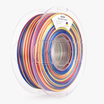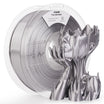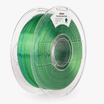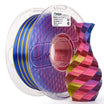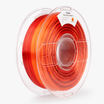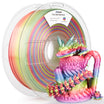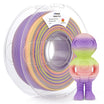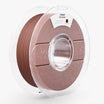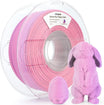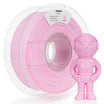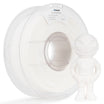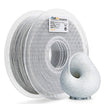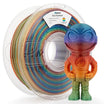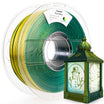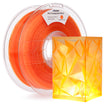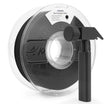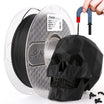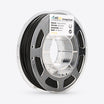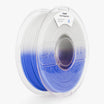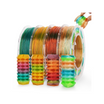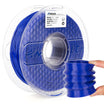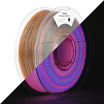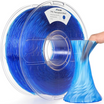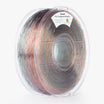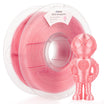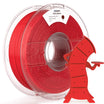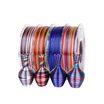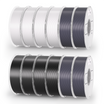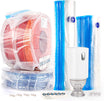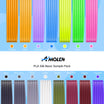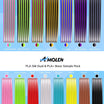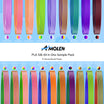For new players, what kind of filament is more suitable?
When it comes to 3D printing, choosing the right filament is essential to get the desired results. For new players, the sheer number of options can be confusing. In this blog post, we'll break down the most common filament types to help you make the best choice.

First, what is filament? Filament is the spooled plastic material that a 3D printer melts and extrudes to create an object layer by layer. While there are many types, the three you'll encounter most often as a beginner are PLA, PETG, and ABS.
Filament Quick Comparison Chart
To make things simple, here’s a quick comparison of the big three:
| Filament | Ease of Use | Strength & Durability | Common Uses |
|---|---|---|---|
| PLA | ✅ Easiest | Standard | Figurines, Prototypes, Decorative Items |
| PETG | ✅ Intermediate | High | Mechanical Parts, Brackets, Containers |
| ABS | ❌ Difficult | Very High (Heat & Impact) | Car Parts, Printer Components |
A Closer Look at Each Filament
Now, let's dive a little deeper into each material.
PLA (Polylactic Acid): The Best Choice for Beginners
As the table shows, PLA is the undisputed king for new players. Made from renewable resources like corn starch, it’s biodegradable and doesn’t produce harmful fumes, making it perfect for home use. It prints at lower temperatures and doesn't require a heated bed, which means it's less likely to warp and fail. This forgiving nature is why we always recommend it as a starting point.
→ For a hassle-free start, we highly recommend our PLA Filament Series, designed for reliability and amazing print quality.
PETG (Polyethylene Terephthalate Glycol): The Best of Both Worlds
Think of PETG as the perfect next step after PLA. It's significantly stronger and more durable than PLA, making it great for functional parts that need to withstand some stress. While it requires slightly higher printing temperatures, it's much easier to print with than ABS and has minimal warping or odor. It's a fantastic all-around filament once you've mastered the basics.
ABS (Acrylonitrile Butadiene Styrene): The Choice for Professionals
ABS is an industrial-grade material known for its strength and high heat resistance. It's the same plastic used to make LEGO bricks. However, these properties come at a cost: ABS is difficult to print. It requires a high-temperature heated bed and, ideally, an enclosed printer to prevent warping and cracking. It also releases potent fumes, requiring good ventilation. We recommend saving ABS for when you're an experienced user with specific engineering needs.

Conclusion: Your Path to Success
So, what's the verdict? For 99% of new players, starting with PLA filament is the clear winner. It allows you to learn the fundamentals of 3D printing with the highest chance of success and the least amount of frustration. Once you're comfortable and want to create stronger, more durable parts, give PETG a try. This journey of experimentation is part of the fun! To help you decide what to try next, be sure to read our guide on choosing the right filament for every project.
Ready to Start Your 3D Printing Journey?
Choosing your first filament shouldn't be confusing. Explore our wide range of beginner-friendly PLA filaments and start making your ideas a reality today!
Explore Amolen PLA Filaments
